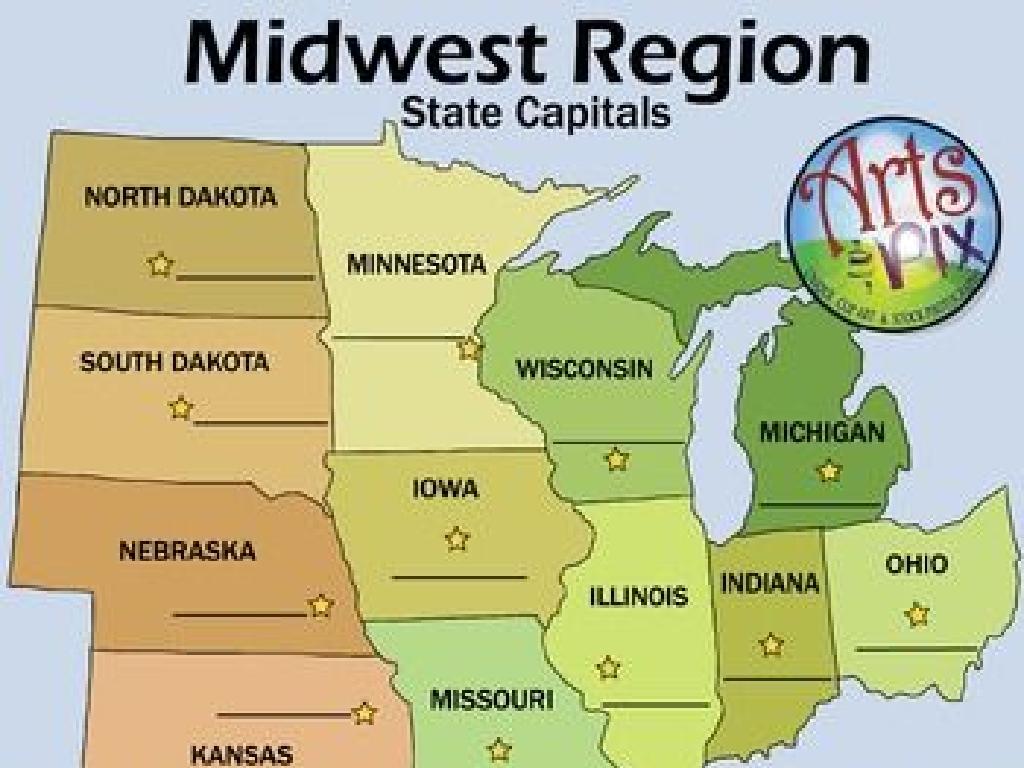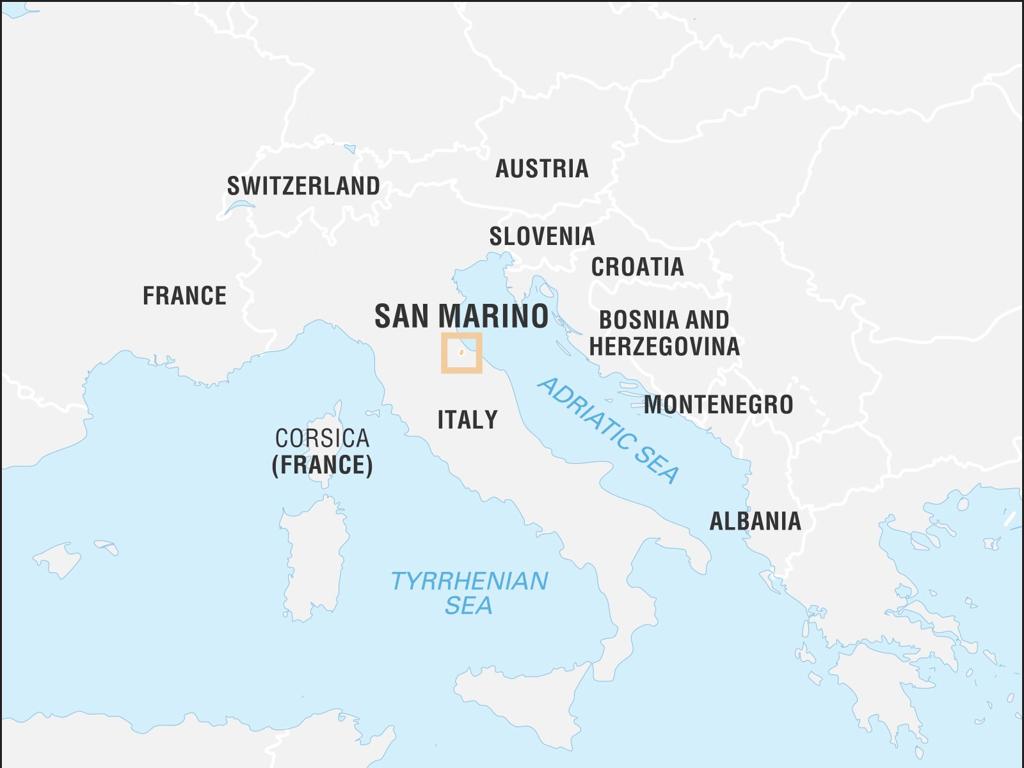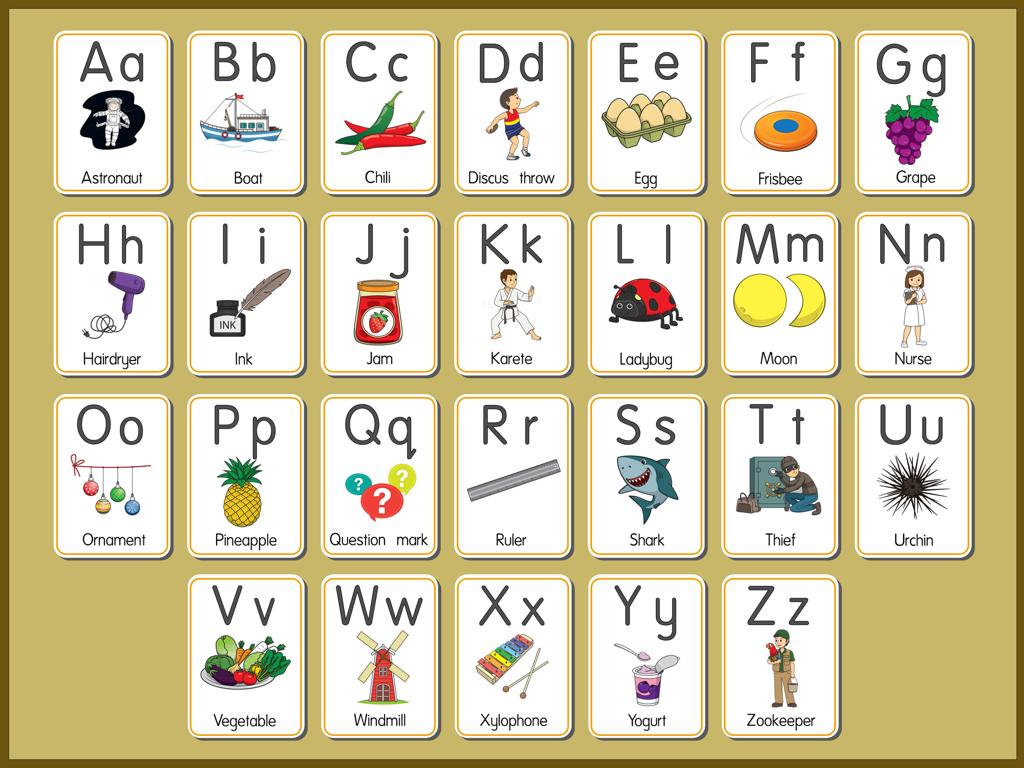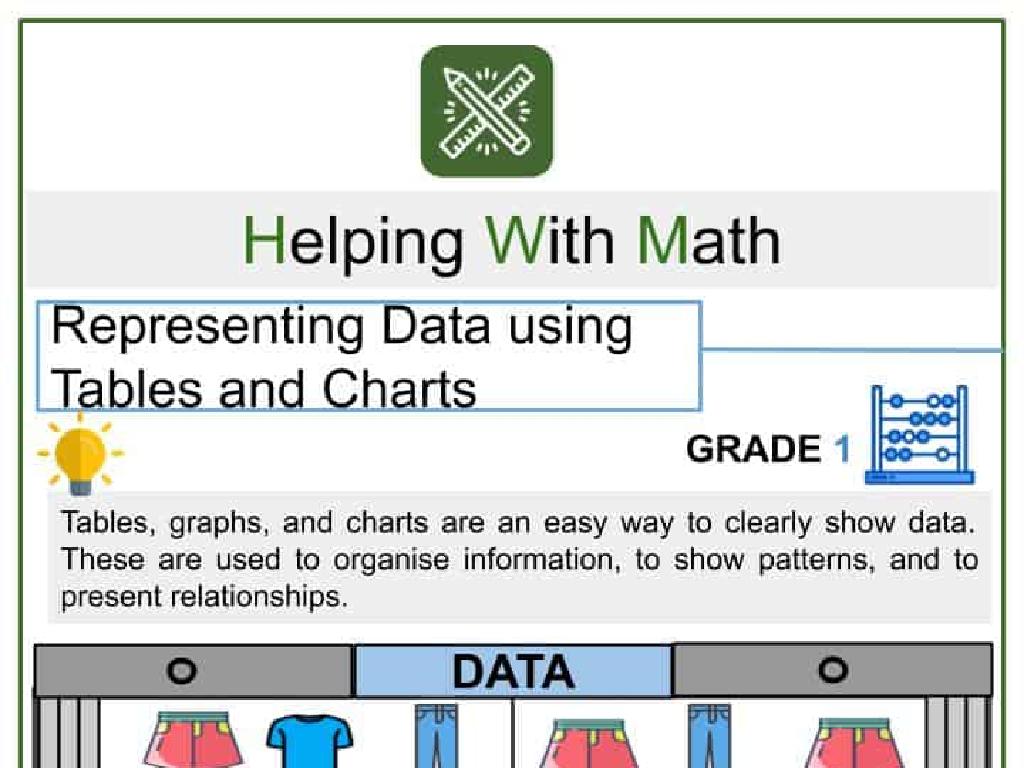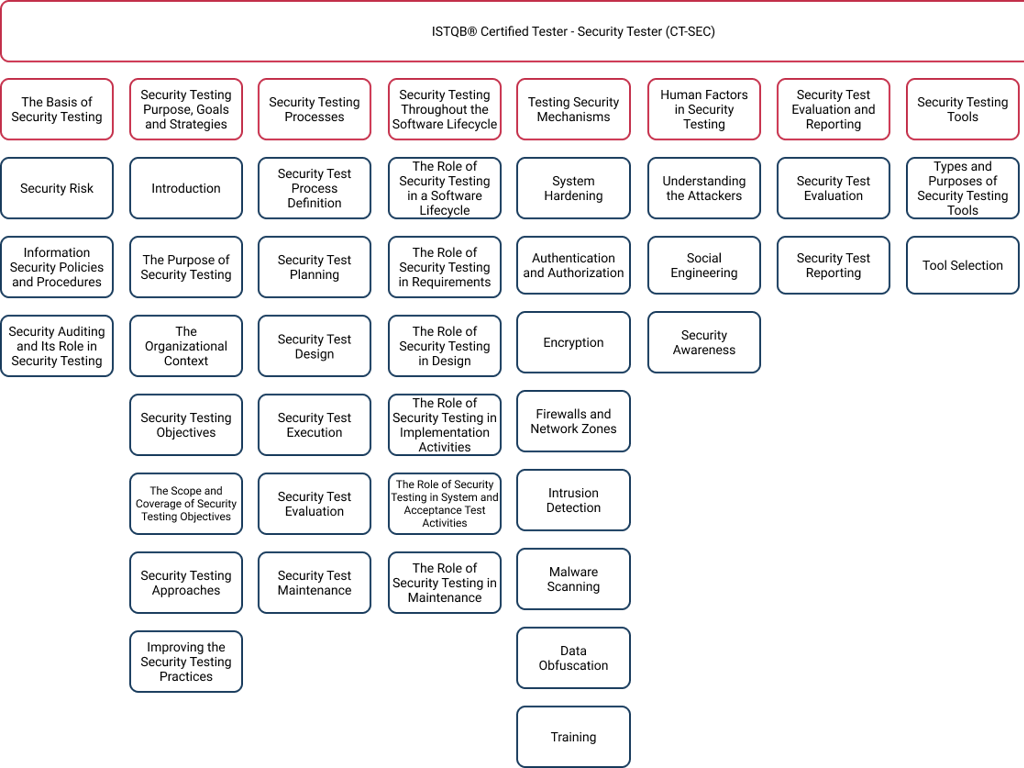Conversion Tables - Metric Units
Subject: Math
Grade: Fourth grade
Topic: Metric Units Of Measurement
Please LOG IN to download the presentation. Access is available to registered users only.
View More Content
Today’s Adventure: Conversion Tables – Metric Units
– Why measurement matters
Measurement helps us describe and understand the world quantitatively.
– Review: Metric Units basics
Metric units include meters, liters, and grams for length, volume, and mass.
– Exploring conversion tables
Conversion tables help us switch between different metric units easily.
– Practice with real examples
Let’s convert units like kilometers to meters and milliliters to liters together.
|
This slide introduces the concept of measurement and its significance in everyday life. Begin by discussing why measurement is important, such as for cooking, building, or science experiments. Review the metric units of length (meter), volume (liter), and mass (gram), and ensure students understand the common metric prefixes like kilo-, centi-, and milli-. Introduce conversion tables as a tool for converting between units, and provide examples to practice, such as converting 2 kilometers to meters or 500 milliliters to liters. Encourage students to think of situations where they might need to use these conversions in real life.
Understanding Conversion Tables
– What is a conversion table?
– A chart that helps us change one metric unit to another.
– Examples: km to m, L to mL
– 1 kilometer = 1,000 meters, 1 liter = 1,000 milliliters.
– Uses of conversion tables
– They help us in cooking, science, and more.
– Practice with real-life examples
|
Introduce the concept of a conversion table as a tool for converting between different metric units. Provide clear examples, such as converting kilometers to meters and liters to milliliters, to illustrate the concept. Explain the practicality of conversion tables in everyday life, such as in cooking recipes or measuring distances. Engage the students with real-life scenarios where they might need to use conversion tables. Encourage them to think of situations where they have encountered different metric units and how conversion tables could be useful. For homework, students can create their own simple conversion table for reference.
Metric Units of Measurement
– Length: Meters, Centimeters, Millimeters
– Common units for measuring how long or wide something is.
– Volume: Liters, Milliliters
– Used to measure how much liquid is in a container.
– Mass: Kilograms, Grams
– Used to find out how heavy an object is.
|
This slide introduces the basic metric units for length, volume, and mass, which are fundamental concepts in measurement for fourth-grade math. Length is measured in meters, centimeters, and millimeters, with meters being the standard unit for larger distances and millimeters for smaller ones. Volume, often associated with liquids, is measured in liters and milliliters, with liters being the larger unit. Mass refers to the weight of an object, measured in kilograms for heavier objects and grams for lighter ones. Use real-life examples to help students grasp these concepts, such as a meter stick for length, a water bottle for volume, and a bag of flour for mass. Encourage students to bring items from home that could be measured using these units to create a hands-on learning experience.
Mastering Metric Conversions
– Multiplying & dividing for conversion
– Multiply or divide to change units, like cm to m or m to km
– Utilizing conversion factors
– A conversion factor is a number used to change one set of units to another
– Practice: 1000m to km conversion
– To convert 1000m to km, divide by 1000. So, 1000m / 1000 = 1km
– Understanding metric relationships
– Metric units increase or decrease by powers of 10, making conversion straightforward
|
This slide introduces students to the concept of converting between different metric units. Emphasize the simplicity of metric conversions by highlighting the consistent use of multiplying or dividing by powers of 10. Explain that a conversion factor is a special multiplier that changes a measurement to a different unit without changing the quantity. Use the example of converting 1000 meters to kilometers to illustrate this point. Explain that since there are 1000 meters in a kilometer, dividing 1000 meters by 1000 gives us 1 kilometer. Encourage students to think of the metric system as a series of building blocks, where each unit is a multiple or fraction of another, making conversions easier to understand and calculate.
Crafting a Metric Conversion Table
– Steps to create a conversion table
– Follow a guide to make your own table for metric units like meters and grams
– Selecting units to convert
– Choose which metric units you want to convert, such as liters to milliliters
– Interactive table example
– We’ll fill in a table together as a class activity, converting units step by step
– Practice with classmates
– Work with friends to practice conversions and check each other’s work
|
This slide is designed to guide fourth-grade students through the process of creating and understanding a metric conversion table. Begin by explaining the steps to set up a conversion table, emphasizing the importance of accuracy. Discuss how to choose the appropriate metric units for conversion, such as kilometers to meters or grams to kilograms. Use an interactive example on the board to fill in a conversion table together, ensuring students understand how to convert between units. Finally, encourage students to practice with their classmates, creating a collaborative learning environment where they can help each other and reinforce their understanding of metric conversions.
Conversion Table Practice
– Partner unit conversion activity
– Pair up and use conversion tables to change units
– Solve conversion problems together
– Tackle problems: How many grams in a kilogram?
– Discuss solutions with your partner
– Explain your thinking to your partner
– Share findings with the class
– Present your answers and methods to the class
|
This slide introduces a collaborative classroom activity focused on practicing unit conversions using metric tables. Students will pair up to reinforce their understanding of metric units by converting measurements with the help of conversion tables. They will solve a set of problems designed to challenge their comprehension and then discuss their solutions with their partner, explaining their thought process. This peer interaction encourages collaborative learning and problem-solving skills. After the activity, each pair will have the opportunity to share their findings with the class, fostering a supportive learning environment where students can learn from each other’s approaches. The teacher should prepare a variety of conversion problems and ensure that each pair of students has access to a conversion table. The teacher should also facilitate the sharing session, allowing students to explain their methods and reasoning to the entire class.
Real-World Applications of Metric Conversions
– Understanding conversion tables
– Metric units in cooking
– Recipes often use grams or liters instead of cups
– Using metrics in travel
– Distance in kilometers, speed in km/h during trips
– Discussing our metric experiences
– Share personal stories of using metric measurements
|
This slide aims to show students the practical applications of metric conversion tables in everyday life. Emphasize the importance of understanding how to convert between different metric units for activities like cooking, where precise measurements are crucial for the desired outcome. In travel, understanding distance and speed in metric units is often necessary. Encourage students to participate in a group discussion to share their own experiences with using metric units, whether in their hobbies, at home, or in previous lessons. This will help them relate to the material personally and understand its relevance.
Class Activity: Conversion Relay!
– Form teams for relay
– Each member solves a step
– One student converts meters to centimeters, another centimeters to millimeters, etc.
– Complete the conversion table
– First team to finish wins!
|
This activity is designed to make learning about metric conversions interactive and fun. Divide the class into small teams, and give each team a conversion table with different units to convert. Assign each team member a specific conversion task. For example, one student will convert meters to centimeters, the next centimeters to millimeters, and so on. The goal is to complete the table accurately as a team. The first team to finish with correct conversions wins a small prize. This will help students understand the relationship between different metric units and the process of conversion. Make sure to walk around and assist teams as they work through the problems. Prepare different difficulty levels for the conversion tables to cater to varying student abilities.
Wrapping Up: Metric Conversion Tables
– Recap of conversion table uses
– Homework: Recipe conversion table
– Choose a recipe and convert all measurements to metric units.
– Next class: Km and mm
– We’ll learn to convert between larger and smaller metric units.
– Keep practicing conversions!
|
Today, we’ve learned how to use conversion tables to switch between different metric units. For homework, students will select their favorite recipe and create a conversion table to translate the ingredient measurements into metric units. This practical application helps reinforce their understanding of the concept. In our next class, we’ll explore larger and smaller units within the metric system, specifically kilometers and millimeters, to further their grasp of the metric scale. Encourage students to practice conversions regularly as this will aid in their retention of the information.

